Look east on a dark June night and you’ll get a face full of stars. Billions of them. With the moon now out of the sky for a couple weeks, the summer Milky Way is putting on a grand show. Some of its members are brilliant like Vega, Deneb and Altair in the Summer Triangle, but most are so far away their weak light blends into a hazy, luminous band that stretches the sky from northeast to southwest. Ever wonder just where in the galaxy you’re looking on a summer night? Down which spiral arm your gaze takes you?
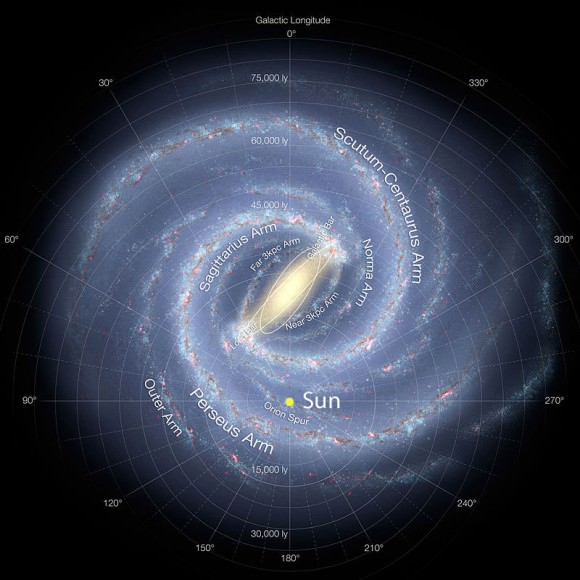

Because all stars are too far away for us to perceive depth, they appear pasted on the sky in two dimensions. We know this is only an illusion. Stars shine from every corner of the galaxy, congregating in its bar-shaped core, outer halo and along its shapely spiral arms. The trick is using your mind’s eye to see them that way.
Employing optical, infrared and radio telescopes, astronomers have mapped the broad outlines of the home galaxy, placing the sun in a minor spiral arm called the Orion or Local Arm some 26,000 light years from the galactic center. Spiral arms are named for the constellation(s) in which they appear. The grand Perseus Arm unfurls beyond our local whorl and beyond it, the Outer Arm. Peering in the direction of the galaxy’s core we first encounter the Sagittarius Arm, home to sumptuous star clusters and nebulae that make Sagittarius a favorite hunting ground for amateur astronomers.
Further in lies the massive Scutum-Centaurus Arm and finally the inner Norma Arm. Astronomers still disagree on the number of major arms and even their names, but the basic outline of the galaxy will serve as our foundation. With it, we can look out on a dark summer night at the Milky Way band and get a sense where we are in this magnificent celestial pinwheel.
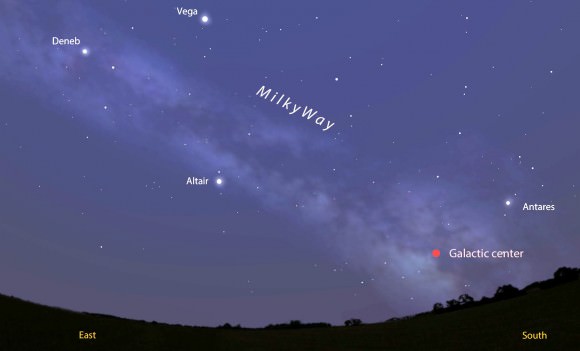
We’ll start with the band of the Milky Way itself. Its ribbon-like form reflects the galaxy’s flattened, lens-like profile shown in the edge-on illustration above. The sun and planets are located within the galaxy’s plane (near the equator) where the stars are concentrated in a flattened disk some 100,000 light years across. When we look into the galaxy’s plane, billions of stars pile up across thousands of light years to create a narrow band of light we call the Milky Way. The same term is applied to the galaxy as a whole.
Since the average thickness of the galaxy is only about 1,000 light years, if you look above or below the band, your gaze penetrates a relatively short distance – and fewer stars – until entering intergalactic (starless) space. That why the rest of the sky outside of the Milky Way band has so few stars compared to the hordes we see within the band.
Here’s the galactic big picture showing the outline of the galaxy with constellations added. In this edge-on view, we see that the summertime Milky Way from Cassiopeia to Sagittarius includes the central bulge (in the direction of Sagittarius) and a hefty portion of one side of the flattened disk:
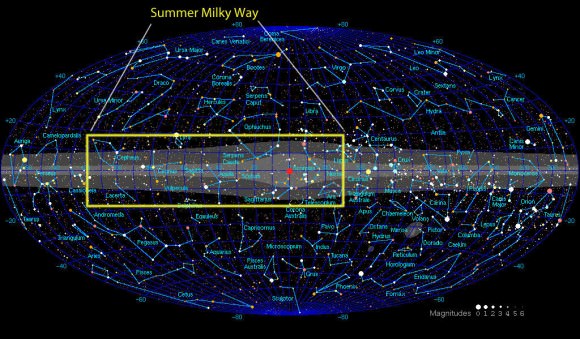
If you enlarge the map, you’ll see lines of galactic latitude and longitude much like those used on Earth but applied to the entire galaxy. Latitude ranges from +90 degrees at the North Galactic Pole to -90 at the South Galactic Pole. Likewise for longitude. 0 degrees latitude, o degrees longitude marks the galactic center. The summer Milky Way band extends from about longitude 340 degrees in Scorpius to 110 in Cassiopeia.
Now that we know what section of the Milky Way we peer into this time of year, let’s take an imaginary rocket journey and see it all from above:
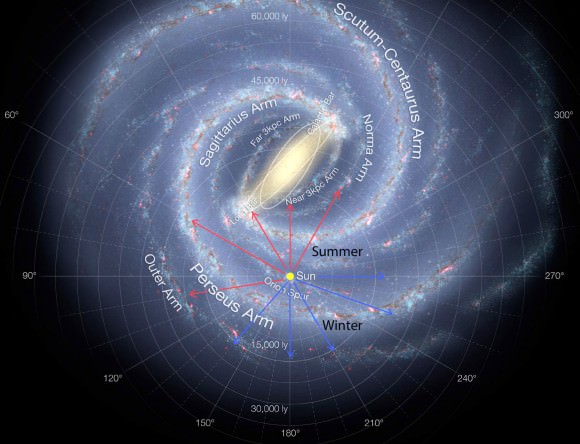
Wow! The hazy arch of June’s Milky Way takes in a lot of galactic real estate. A casual look on a dark night takes us from Cassiopeia in the outer Perseus Arm across Cygnus in our Local Arm clear over to Sagittarius, the next arm in. Interstellar dust deposited by supernovae and other evolved stars obscures much of the center of the galaxy. If we could vacuum it all up, the galaxy’s center – where so many stars are concentrated – would be bright enough to cast shadows.
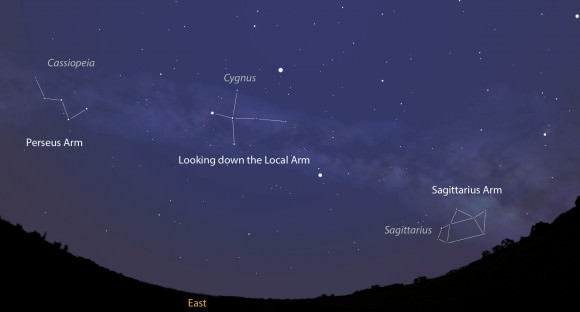
Here and there, there are windows or clearings in the dust cover that allow us to see star clouds in the Scutum-Centaurus and Norma Arms. In the map, I’ve also shown the section of Milky Way we face in winter. If you’ve ever compared the winter Milky Way band to the summer’s you’ve noticed it’s much fainter. I think you can see the reason why. In winter, we face away from the galaxy’s core and out into the fringes where the stars are sparser.
Look up the next dark night and contemplate the grand architecture of our home galaxy. If you close your eyes, you might almost feel it spinning.

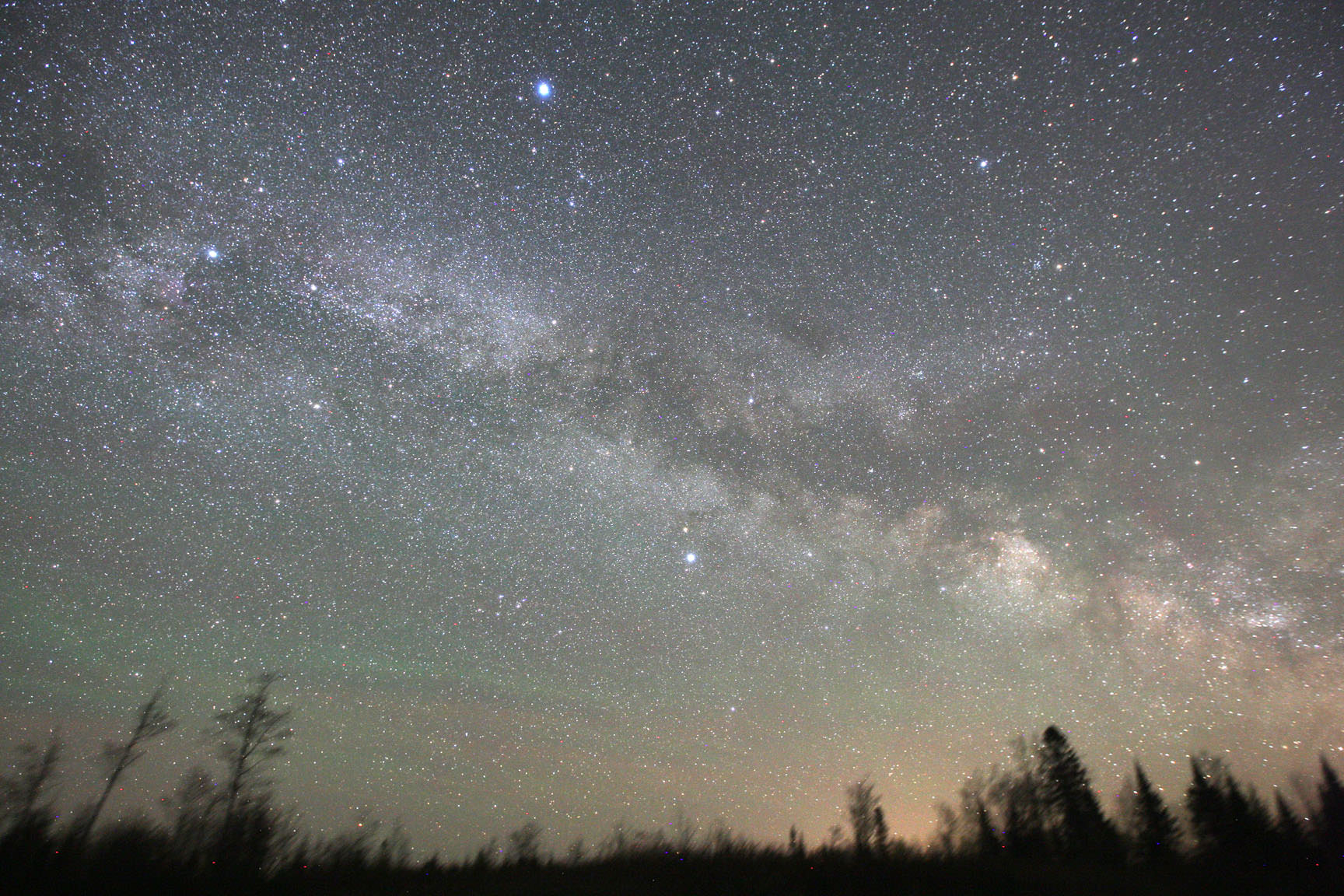
Thank You Bob. This is really helpful.
Hopefully, this will help me avoid repeating last year’s unfortunate incidents when I made a left hand turn at Dzeta Reticuli and ended up having to ask Betty for directions…
Great article Bob! Thank you so much!